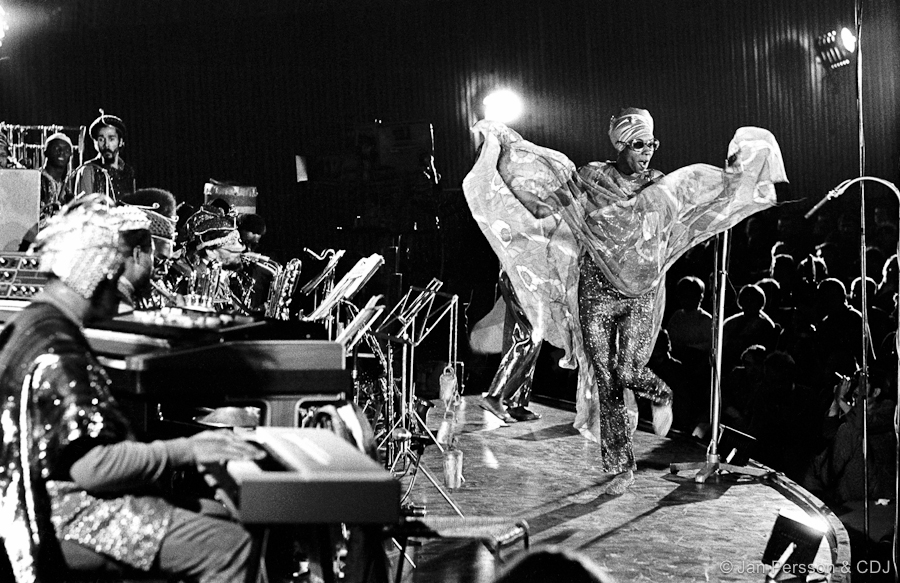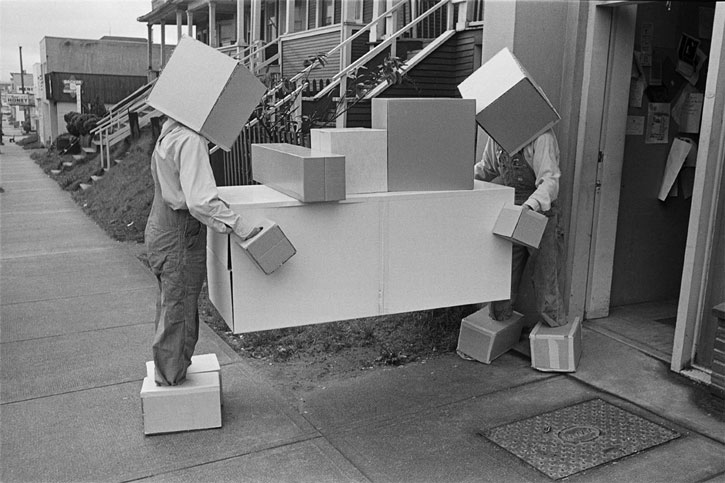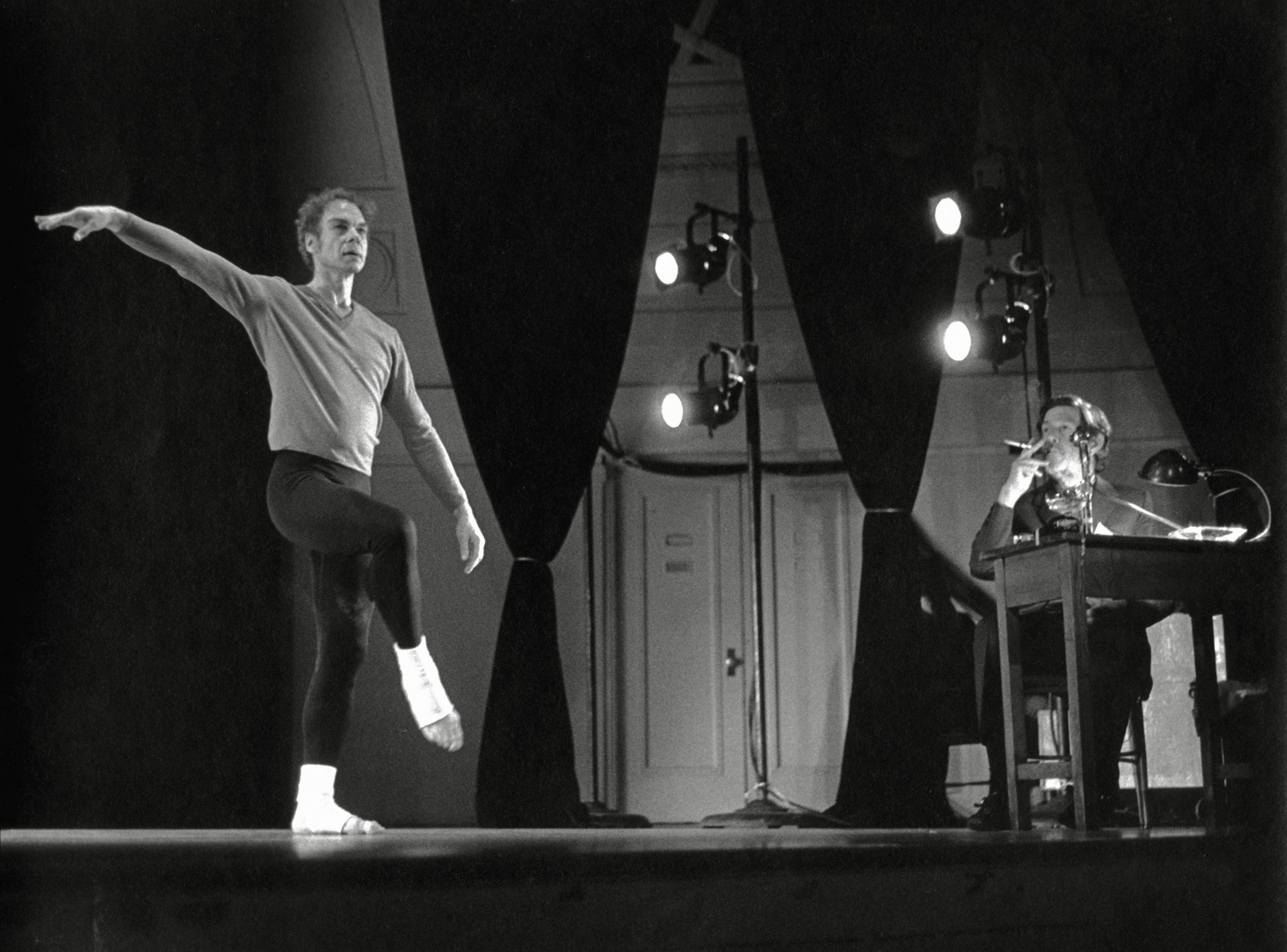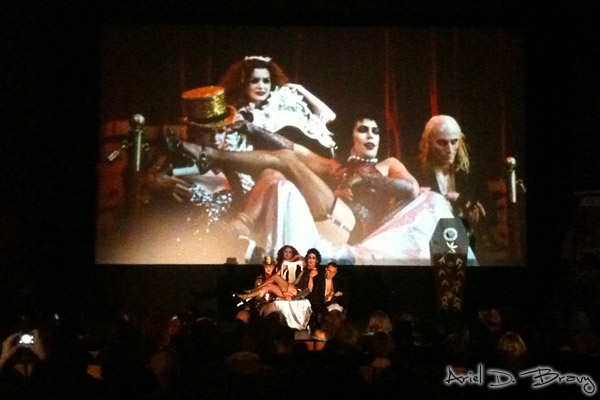history︎︎︎
Below is a collection of important historical artists, spaces and productions to use as examples of interdisciplinary collaboration. This list is in no way exhaustive and we’d love suggestions for other examples to include: email us

Ballet Russes (1909-1929)
...itinerant ballet company based in Paris that performed 1909–1929 throughout Europe and on tours to North and South America.
Originally conceived by impresario Sergei Diaghilev, widely regarded as the most influential ballet company of the 20th century, in part because it promoted ground-breaking artistic collaborations among young choreographers, composers, designers and dancers.
Diaghilev commissioned works from composers Igor Stravinsky and Claude Debussy; artists Léon Bakst, Pablo Picasso and Henri Matisse; and designer Coco Chanel.
...itinerant ballet company based in Paris that performed 1909–1929 throughout Europe and on tours to North and South America.
Originally conceived by impresario Sergei Diaghilev, widely regarded as the most influential ballet company of the 20th century, in part because it promoted ground-breaking artistic collaborations among young choreographers, composers, designers and dancers.
Diaghilev commissioned works from composers Igor Stravinsky and Claude Debussy; artists Léon Bakst, Pablo Picasso and Henri Matisse; and designer Coco Chanel.

Victory Over the Sun (1913)
...Russian Futurist opera. The libretto is written in zaum language by Aleksei Kruchonykh; music Mikhail Matyushin; prologue Velimir Khlebnikov; stage designer Kasimir Malevich; organized by the artistic group Soyuz Molodyozhi.
The opera has become as famous as the event where Malevich made his first Black Square painting (in 1915).
...Russian Futurist opera. The libretto is written in zaum language by Aleksei Kruchonykh; music Mikhail Matyushin; prologue Velimir Khlebnikov; stage designer Kasimir Malevich; organized by the artistic group Soyuz Molodyozhi.
The opera has become as famous as the event where Malevich made his first Black Square painting (in 1915).

Sun Ra & The Arkestra (1952-present)
...first led by jazz pioneer, mystic, philosopher, poet and consummate Afro-Futurist, Sun Ra (b. Herman Poole Blount 1914, Birmingham, Alamba; died 1993). From the mid-1950s to his death, Sun Ra led The Arkestra, an ensemble with an ever-changing name and flexible line-up, who expressed their cosmic philosophy and Afro-Centric politics through music, costume, performance, film and publication.
...currently led by longtime saxophonist Marshall Allen.
...first led by jazz pioneer, mystic, philosopher, poet and consummate Afro-Futurist, Sun Ra (b. Herman Poole Blount 1914, Birmingham, Alamba; died 1993). From the mid-1950s to his death, Sun Ra led The Arkestra, an ensemble with an ever-changing name and flexible line-up, who expressed their cosmic philosophy and Afro-Centric politics through music, costume, performance, film and publication.
...currently led by longtime saxophonist Marshall Allen.

Fluxus (1961-present)
...international network of artists, composers and designers noted for blending different artistic media and disciplines, including performance; Neo-Dada noise music, visual art, urban planning, architecture, design and literature.
...strong current of anti-commercial and anti-art sensibility.
...heavily influenced by John Cage and Marcel Duchamp, and has involved dozens of artists, writers and musicians, including Alison Knowles, La Monte Young, George Brecht, Al Hansen, Dick Higgins, George Maciunas, Joseph Beuys, Yoko Ono and Nam June Paik.
...international network of artists, composers and designers noted for blending different artistic media and disciplines, including performance; Neo-Dada noise music, visual art, urban planning, architecture, design and literature.
...strong current of anti-commercial and anti-art sensibility.
...heavily influenced by John Cage and Marcel Duchamp, and has involved dozens of artists, writers and musicians, including Alison Knowles, La Monte Young, George Brecht, Al Hansen, Dick Higgins, George Maciunas, Joseph Beuys, Yoko Ono and Nam June Paik.

Judson Dance Theater (1962-1964)
...collective of dancers, composers and visual artists who performed at the Judson Memorial Church in Greenwich Village, Manhattan, New York City, 1962–1964.
... grew out of a composition class taught by Robert Dunn, a musician who had studied with John Cage.
The artists involved were avant garde experimentalists who rejected the confines of Modern dance practice and theory, inventing as they did the precepts of Postmodern dance, including Trisha Brown, Jessica Cargill, Lucinda Childs, Philip Corner, Judith Dunn, Malcolm Goldstein, David Gordon, Sally Gross, Deborah Hay, Fred Herko, Tony Holder, Meredith Monk, Aileen Passloff, Steve Paxton, Yvonne Rainer, Arlene Rothlein, Carolee Schneemann, Jen Scoble, Valda Setterfield, Elaine Summers and James Waring.
...collective of dancers, composers and visual artists who performed at the Judson Memorial Church in Greenwich Village, Manhattan, New York City, 1962–1964.
... grew out of a composition class taught by Robert Dunn, a musician who had studied with John Cage.
The artists involved were avant garde experimentalists who rejected the confines of Modern dance practice and theory, inventing as they did the precepts of Postmodern dance, including Trisha Brown, Jessica Cargill, Lucinda Childs, Philip Corner, Judith Dunn, Malcolm Goldstein, David Gordon, Sally Gross, Deborah Hay, Fred Herko, Tony Holder, Meredith Monk, Aileen Passloff, Steve Paxton, Yvonne Rainer, Arlene Rothlein, Carolee Schneemann, Jen Scoble, Valda Setterfield, Elaine Summers and James Waring.

Tropicália (1967-1968)
...also known as Tropicalismo, a Brazilian artistic movement encompassing theatre, poetry and music. The movement was characterized by a combination of the popular and the avant-garde, as well as a fusion of traditional Brazilian culture with foreign influences. Today, Tropicália is chiefly associated with the musical faction of the movement, which merged Brazilian and African rhythms with rock and roll, but was also connected to pop art and the neo-concrete movement.
A dominant principle was antropofagia, originally put forth by poet Oswald de Andrade in 1928, a type of cultural cannibalism that encouraged the conflation of disparate influences, out of which could be created something unique.
Musicians include Caetano Veloso, Gilberto Gil, Os Mutantes, Gal Costa, Tom Zé, and poet/lyricist Torquato Neto, all of whom participated in the 1968 album Tropicália: ou Panis et Circencis, which served as a musical manifesto.
...also known as Tropicalismo, a Brazilian artistic movement encompassing theatre, poetry and music. The movement was characterized by a combination of the popular and the avant-garde, as well as a fusion of traditional Brazilian culture with foreign influences. Today, Tropicália is chiefly associated with the musical faction of the movement, which merged Brazilian and African rhythms with rock and roll, but was also connected to pop art and the neo-concrete movement.
A dominant principle was antropofagia, originally put forth by poet Oswald de Andrade in 1928, a type of cultural cannibalism that encouraged the conflation of disparate influences, out of which could be created something unique.
Musicians include Caetano Veloso, Gilberto Gil, Os Mutantes, Gal Costa, Tom Zé, and poet/lyricist Torquato Neto, all of whom participated in the 1968 album Tropicália: ou Panis et Circencis, which served as a musical manifesto.

Intermedia (1967-1970)
A wild marriage of Marshall McLuhan's theories, the emergent hippie counter-culture and a radically anarchic attitude to art making, Intermedia was the origin of Canada's artist-run centre culture.
A centre for poets, dancers, musicians and visual artists interested in exploration and interdisciplinary practices.
Activities included Duchampian and Fluxus-based investigations into mail art, telecommunications art, live electronic music, video and performance art.
A wild marriage of Marshall McLuhan's theories, the emergent hippie counter-culture and a radically anarchic attitude to art making, Intermedia was the origin of Canada's artist-run centre culture.
A centre for poets, dancers, musicians and visual artists interested in exploration and interdisciplinary practices.
Activities included Duchampian and Fluxus-based investigations into mail art, telecommunications art, live electronic music, video and performance art.

Merce Cunningham Dance Company (1970-2012)
...frequently collaborated with visual artists, architects, designers, and musicians. Many of Cunningham's most famous innovations were developed in collaboration with composer John Cage, his life partner. They used stochastic (random) procedures to generate material, discarding many artistic traditions of narrative and form.
Other collaborators included musicians David Tudor, Gavin Bryars and popular bands like Radiohead, Sigur Rós and Sonic Youth; as well as visual artists Robert Rauschenberg, Daniel Arsham, Tacita Dean, Liz Phillips, Rei Kawakubo, Roy Lichtenstein, Bruce Nauman, Ernesto Neto, Frank Stella, Benedetta Tagliabue and Andy Warhol. Works that Cunningham produced with these artists impacted avant-garde art beyond the world of dance.
...frequently collaborated with visual artists, architects, designers, and musicians. Many of Cunningham's most famous innovations were developed in collaboration with composer John Cage, his life partner. They used stochastic (random) procedures to generate material, discarding many artistic traditions of narrative and form.
Other collaborators included musicians David Tudor, Gavin Bryars and popular bands like Radiohead, Sigur Rós and Sonic Youth; as well as visual artists Robert Rauschenberg, Daniel Arsham, Tacita Dean, Liz Phillips, Rei Kawakubo, Roy Lichtenstein, Bruce Nauman, Ernesto Neto, Frank Stella, Benedetta Tagliabue and Andy Warhol. Works that Cunningham produced with these artists impacted avant-garde art beyond the world of dance.

Rocky Horror Picture Show (1973–present)
...1975 musical comedy horror film directed by Jim Sharman. The screenplay was written by Sharman and Richard O'Brien based on the 1973 musical stage production.
...became known as a midnight movie when audiences began participating with the film at the Waverly Theater in New York City in 1976. Audience members returned to the cinemas frequently, talked back to the screen and began dressing as the characters, spawning similar performance groups across the United States. Fans in costume at the King's Court Theater in Pittsburgh began performing the movie with the film as a shadow cast. In this way the film has become an evolving and regionally specific collaboration between audience, performers and the original creators of the film.
...1975 musical comedy horror film directed by Jim Sharman. The screenplay was written by Sharman and Richard O'Brien based on the 1973 musical stage production.
...became known as a midnight movie when audiences began participating with the film at the Waverly Theater in New York City in 1976. Audience members returned to the cinemas frequently, talked back to the screen and began dressing as the characters, spawning similar performance groups across the United States. Fans in costume at the King's Court Theater in Pittsburgh began performing the movie with the film as a shadow cast. In this way the film has become an evolving and regionally specific collaboration between audience, performers and the original creators of the film.

Sankai Juku (1975–present)
...international butoh dance troupe, co-founded by Amagatsu Ushio.
Butoh first appeared in Japan post-World War II in 1959, under the collaboration of Hijikata Tatsumi and Ohno Kazuo. Music and sound effects are employed, often repetitiously: dynamic drumming, jazz, natural sounds, electronic music, sounds so soft as to be barely perceptible, and periods of silence.
Spare scenic backgrounds, delicately nuanced lighting and arresting props add to the ethereal nature of their performances.
...international butoh dance troupe, co-founded by Amagatsu Ushio.
Butoh first appeared in Japan post-World War II in 1959, under the collaboration of Hijikata Tatsumi and Ohno Kazuo. Music and sound effects are employed, often repetitiously: dynamic drumming, jazz, natural sounds, electronic music, sounds so soft as to be barely perceptible, and periods of silence.
Spare scenic backgrounds, delicately nuanced lighting and arresting props add to the ethereal nature of their performances.

Wooster Group (1975–present)
...New York City-based experimental theater company known for creating numerous original dramatic works for theater, dance and media.
The ensemble is directed by Elizabeth LeCompte and has launched the careers of many actors, including founding member Willem Dafoe. It's other founding members include Jim Clayburgh, Spalding Gray, Peyton Smith, Kate Valk, and Ron Vawter.
...New York City-based experimental theater company known for creating numerous original dramatic works for theater, dance and media.
The ensemble is directed by Elizabeth LeCompte and has launched the careers of many actors, including founding member Willem Dafoe. It's other founding members include Jim Clayburgh, Spalding Gray, Peyton Smith, Kate Valk, and Ron Vawter.






